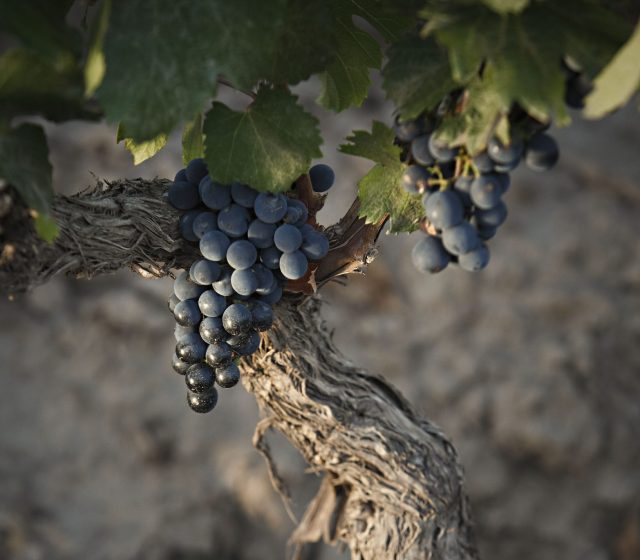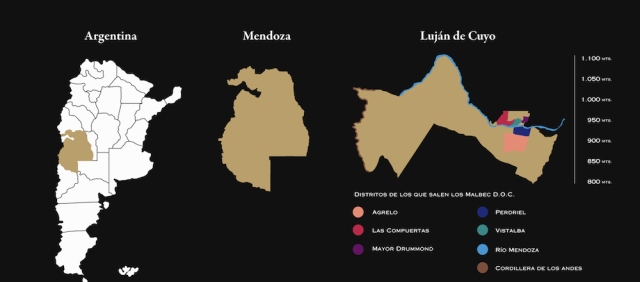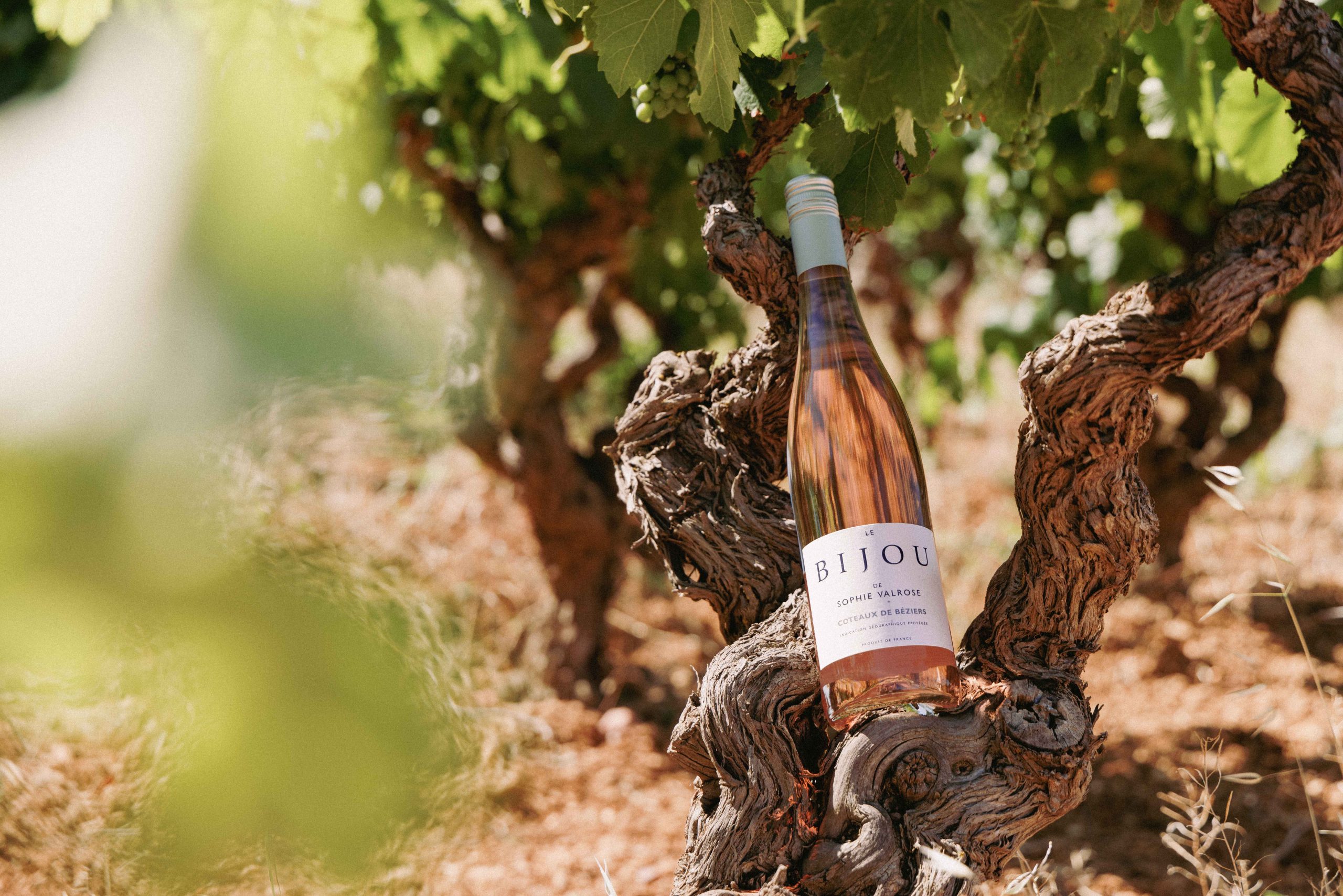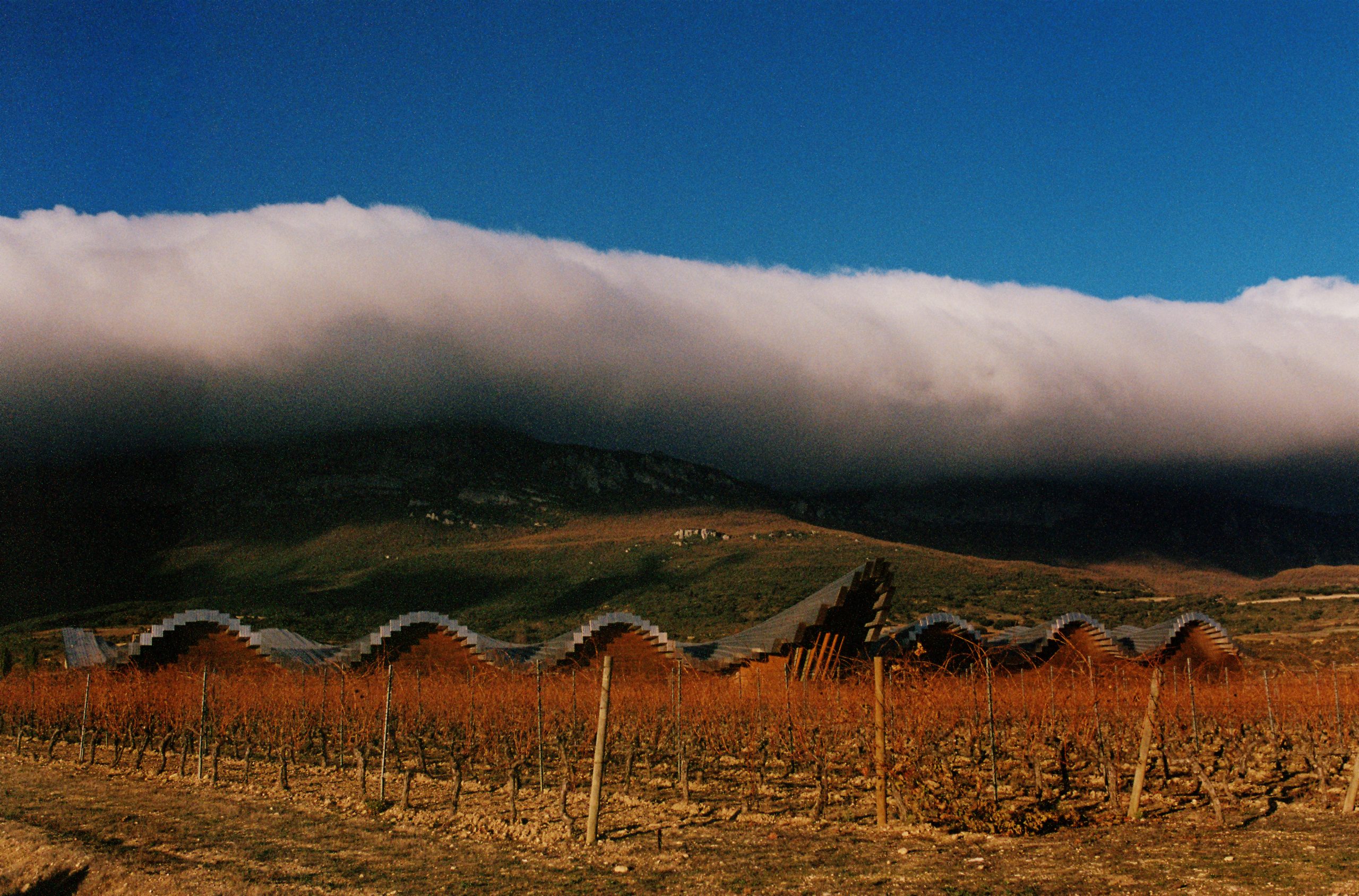How the oldest DOC in America is getting a facelift
The oldest DOC in the Americas is getting a face lift. Although progress has been slow within the 25-year-old DOC of Luján de Cuyo, several producers are trying to relaunch the brand and put it back in the spotlight. Amanda Barnes reports.

Visionary in its time
Established in 1989, the Luján de Cuyo DOC was the first in the American continent and rather visionary at the time. “Who knew about Malbec and Luján de Cuyo in 1989?,” Pablo Cuneo, winemaker of Luigi Bosca, poses the rhetoric question. “No one did! Creating the DOC at that time was the dream of the visionaries of Alberto Arizu and Raúl de la Mota that the world would get to know it.”
When the DOC was established Malbec was actually losing its foothold of Argentina, largely being pulled out and replanted with higher-yielding vines or with better known international varieties like Cabernet Sauvignon. Nevertheless Alberto Arizu Sr, the director and third generation owner of one of Luján de Cuyo’s most historic wineries, Luigi Bosca, and his winemaker at the time, the now legendary late winemaker Raúl de la Mota, put the wheels in motion for the DOC which was ratified by the OIV in 1991.
There were just four wineries which mainly participated in the DOC during the past 30 years, but since the pandemic several more have joined the club in an effort to revive recognition for this heartland of old vine Malbec in Argentina. Today 11 wineries can bear the name of Luján de Cuyo DOC on their Malbec wines if they fit the criteria. They are: Lagarde, Luigi Bosca, Nieto Senetiner, Norton, Bressia, Mendel, Trivento, Vistalba, Casarena, Otero Ramos and Terrazas de los Andes.

An old school-style appellation, with new rules
Unlike the emerging appellation system of Geographical Indications, GIs, in Argentina, the DOC restricts the wine production not only by region but also by certain rules including grape variety, yield, and minimum ageing requirements in the winery. Wines also have to be approved by a tasting panel.
“We are working hard to define Luján de Cuyo by an agroecological characterization too,” adds Cuneo, “and looking at the correlation of the wine character within the DOC.”
Working with geophysicist Guillermo Corona the wineries are mapping out the soils within the DOC as well as working together with the national viticulture institute to analyse the aromatics, flavours and balance of the wines of the DOC in comparison with other zones.
Partner Content
In addition they are focused on recovering some of the oldest genetic material of Malbec vines in the region. Within the DOC as it currently stands, 519 hectares of Malbec are certified as Luján de Cuyo DOC (out of the over 8,900 hectares of Malbec in Luján de Cuyo total).
Out of those, 144 hectares are vines of over 100 years of age, and 135 hectares are between 75 and 100 years old — representing an important wealth of old vine, ungrafted Malbec.
“Luján de Cuyo has an identity quite different to other regions, with wild aromas and of licorice and cognac, which is really part of the region,” says Alberto Arizu. “It isn’t neither better or worse, but Luján de Cuyo has this character.”
It is this unique character that the wineries within the DO are trying to celebrate today. The relaunch also includes a couple adjustments to the rules, to make the DO more applicable to viticulture today. The DO now permits the use of drip irrigation (updated from flood irrigation only) and the addition of up to 15% of other varieties in the blend (updated from 100% Malbec). There is also a plan in the pipeline to permit white wines from old vine Semillon into the DO.

Currently the Luján de Cuyo DO rules include:
- Production from within the delimited area, between 800 and 1100 m.a.s.l..
- Wines must be bottled at origin
- Produced using minimum 85% Malbec
- Aged for a minimum of 18 months old; with a minimum of six months in oak
- Minimum density of 5000 plants/hectare, planted in VSP, with vines of minimum 10 years of age
Amanda Barnes is the drinks business´ regular South America correspondent and author of The South America Wine Guide.
Related news
Achaval Ferrer launches fourth wine in its iconic Finca range
Birth of Cabernet: fine wine tells ‘the coolest story nobody knows’




